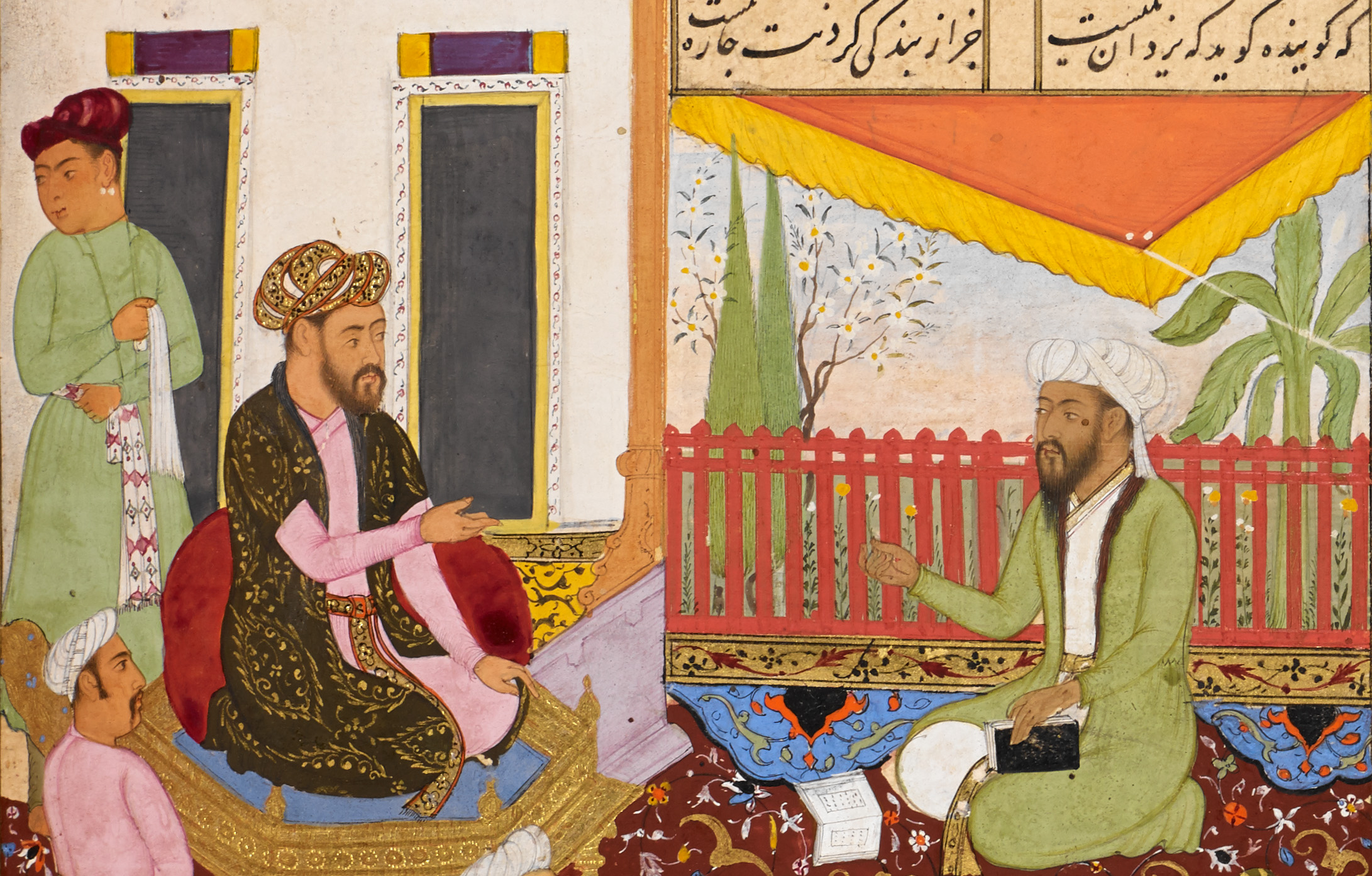Teaching with Images among the Jews and Manichaeans of Late Antique Mesopotamia
DOI:
https://doi.org/10.13154/er.11.2020.8440Keywords:
Dura-Europos, synagogue, Mani, Book of Pictures, Mesopotamia, religious art, murals, book paintings, function of artAbstract
Although much has been written about the art of the famous synagogue at Dura-Europos, its rootedness in Mesopotamia has gone largely unexplored. This study looks south along the local trade routes to Iranian Babylonia and examines evidence available about the religious function of Durian Jewish and Sasanian Manichaean pictorial art as part of a shared regional development of techniques of instruction. It reveals that the distinctly different forms of pictorial art used by these two communities in mid-third-century Mesopotamia are nevertheless comparable based on their didactic function. They both: (1) displayed a visual library of doctrinal subjects, that is, they captured, in pictorial form, a large sample of core tenets which were also recorded in the respective sacred texts of these religions; (2) fulfilled a primarily didactic function, that is, their pictorial genres (narrative scenes, didactic portraits, and diagrams in the Manichaean case) played a dominantly instructional role; and (3) effectively supplemented oral instruction, that is, the paintings were sermonized about and discussed in light of living interpretations. I argue that these correlations result not from direct influence between the two communities, but rather from a shared approach to what images can do for a religion. The Jewish and Manichaean paintings in question emerged simultaneously and in relative closeness to one another. While the Jewish archeological records of the painted synagogue are all but silent, various characteristics of the mid-third-century Manichaean paintings are noted in literary records, including what they portrayed and, most importantly for this study, the pedagogical reasons for how and why they were used. As evidenced by Iranian, Coptic, and Syriac textual sources from between the mid-third and the late fourth and early fifth centuries, the founding prophet of Manichaeism, Mani (active from 240 to 274/277 CE), not only wrote down his own teachings, but also created visual representations of them on a solely pictorial scroll—the Book of Pictures—that he and his highest-ranking elects used in the course of oral instructions while missionizing across greater West Asia and the East Mediterranean region.
Published
Issue
Section
License
Copyright (c) 2020 Zsuzsanna Gulácsi

This work is licensed under a Creative Commons Attribution 4.0 International License.

